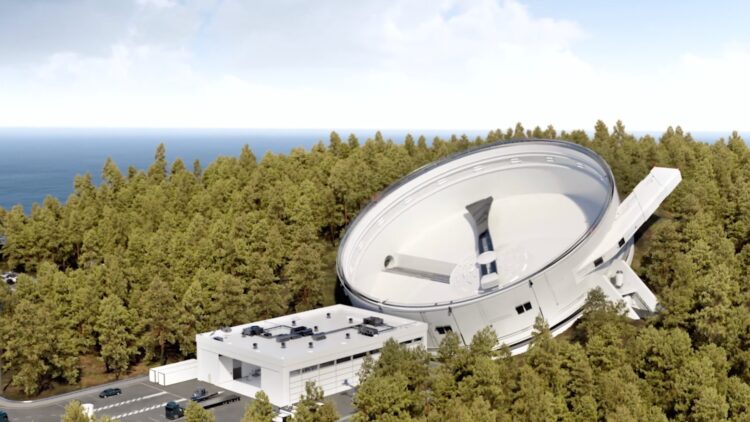The USA continues to be a trendsetter when it comes to rocket technology and this is evident as SpinLaunch made history. The American company carried out tests of a system using a high-speed spinning machine to set up satellites in space. Powered by kinetic energy, the test is aimed at saving costs and fuel.
SpinLaunch makes history, is it goodbye to rockets
The American-based technology company, SpinLaunch conducted its tests looking at cutting the costs of setting infrastructure into space. The move has been regarded as one that will make waves as it will not use the fuel required for a normal rocket launch.
At the same time, the exercise is meant to save lots of money. SpinLaunch recently embarked on this massive exercise as it took place at the Spaceport in America which is a private-owned space launch complex located in the state of New Mexico.
Based in California, the technology company announced that the tests involved payloads from several entities and included the American space agency NASA.
In a statement dispatched to the media, SpinLaunch revealed that all payloads tested “were flown and recovered successfully” but failed to state full details on what the payloads contained.
With the tests observed by more than 150 partners and stakeholders such as advocates, SpinLaunch announced that the tests included the 10th that has been conducted since October 2021.
SpinLaunch signs an agreement with NASA
In addition, it said that the testing exercise was done under the watchful eye of NASA as both bodies signed an agreement. The understanding is that the deal will also develop and test a payload launch using the company’s system.
“The agreement was signed as part of NASA’s Flight Opportunities Program. The program provides the chance for private companies to work together with NASA to test new technologies the space agency might use in its future space operations,” reports VOA News.
The company also said NASA is examining the possibility of partnering with SpinLaunch to deploy future payloads using the company’s launch technology.
How was the SpinLaunch test was conducted?
According to the information doing the rounds, SpinLaunch’s Sub-Orbital Accelerator used in the tests consists of a 33-meter steel structure with an electrically powered spinning arm.
Riazor.org understands that a rocket is placed inside the accelerator and the “system’s high-speed turning motion produces kinetic energy designed to spin the rocket at speeds of more than five times the speed of sound.”
It is also mentioned that the Sub-Orbital Accelerator is made to help propel the rocket to near-Earth orbit and this is generally considered to be at an altitude of about 2,000 kilometers above Earth’s surface.
Moreover, the company said its future includes expanding its technology and equipment to be able to send space objects into higher orbit.
To the founder and on behalf of SpinLaunch officials, Jonathan Yaney said tests of the system have resulted in the flight vehicles being recovered and that the rockets can be reused.
He added that the company will continue working to further develop the system to provide a “low-cost and sustainable” way to deploy satellites to space as the project proved that it is much less complex than traditional rocket launching systems.
SpaceX vs. SpinLaunch: How much does it cost to set up a satellite
Kr-Asia.com posted that SpinLaunch has often made it clear that its selling point is all about cutting costs. The company claimed that it will be able to set up satellites into low Earth orbit for about USD 250,000 each.
This cost is therefore estimated to be “roughly one-fifth the cost of today’s systems.”
However, they face stiff competition from a tech giant, SpaceX who has made huge progress in its mission to democratize space access.
“Based on data collected between 2019 and 2022, SpaceX’s launch costs averaged between USD 1,500–2,720 per kilogram of payload, depending on launch vehicle type and desired orbit.”

